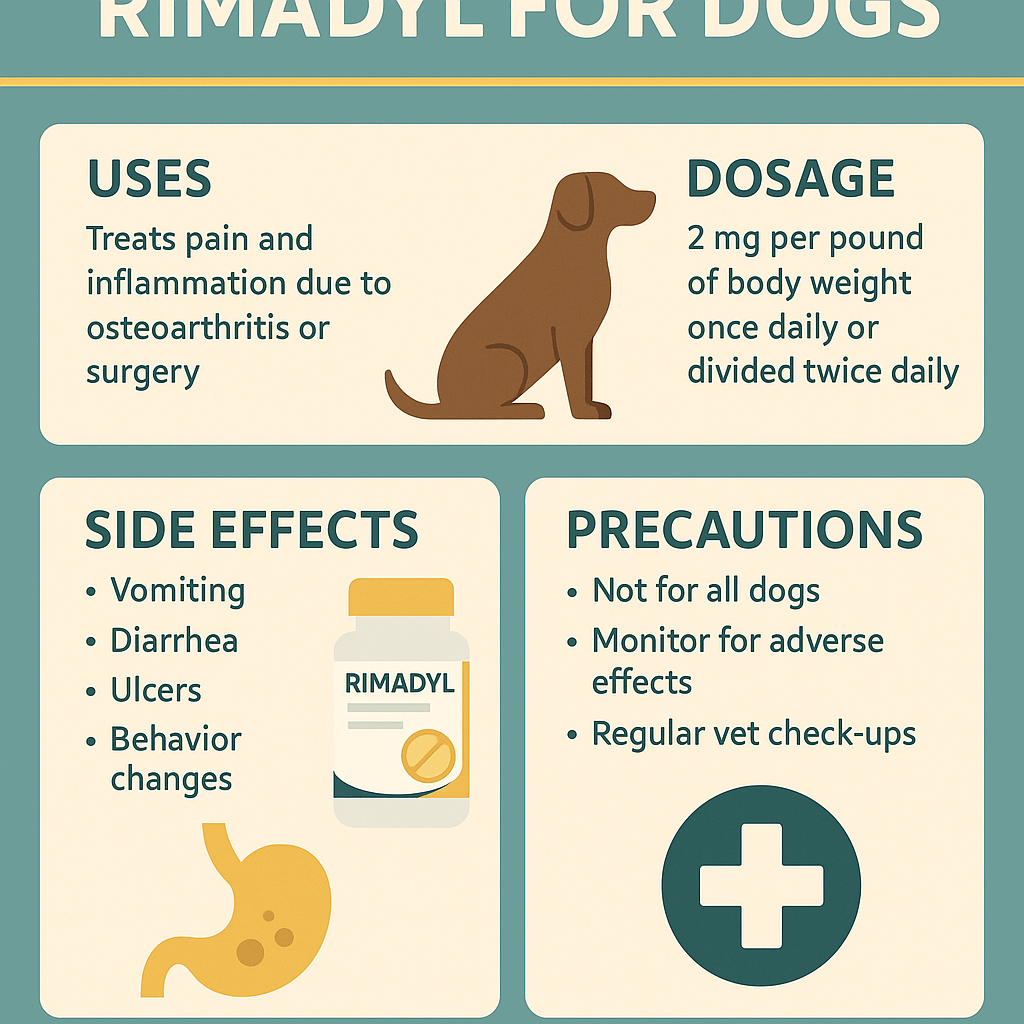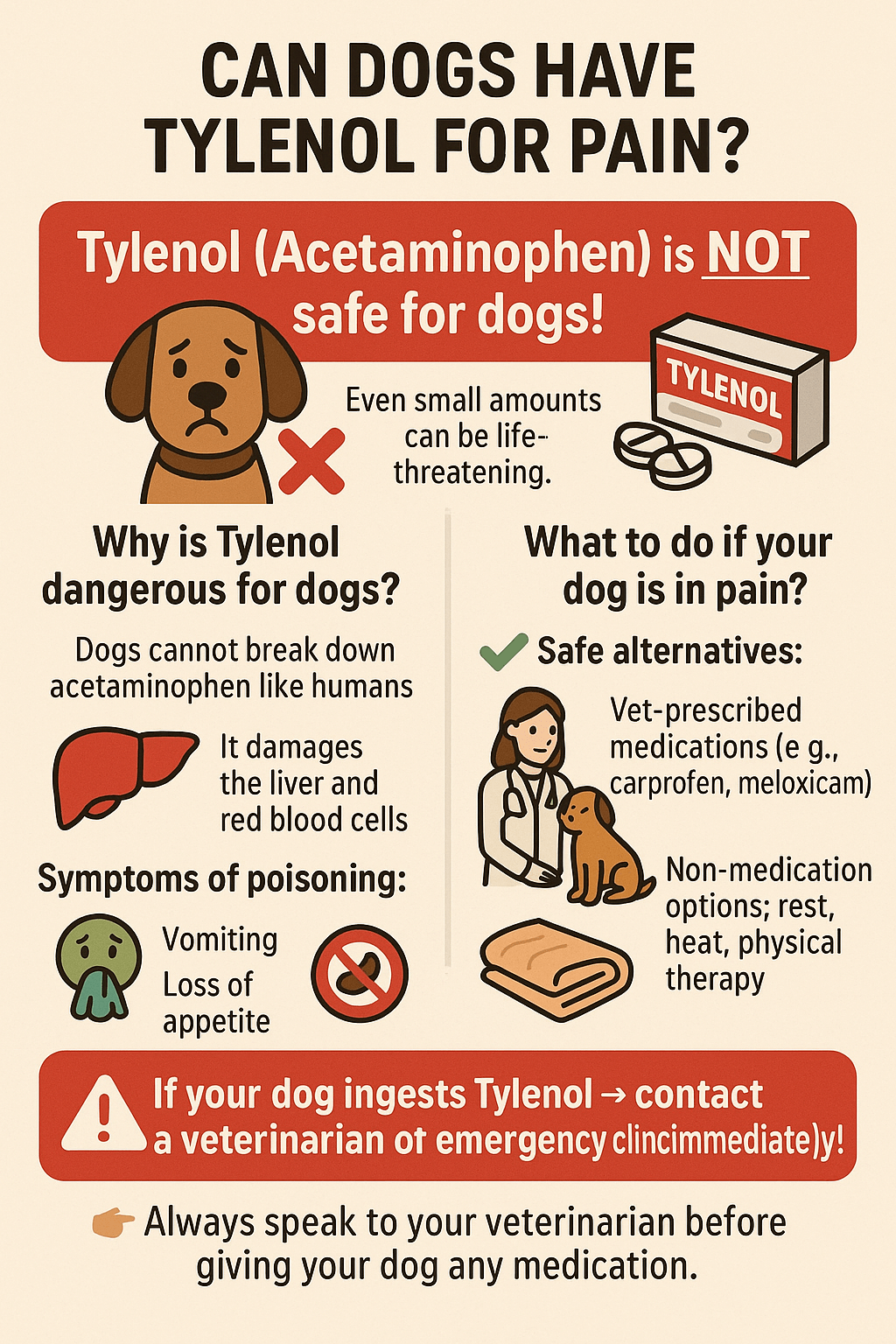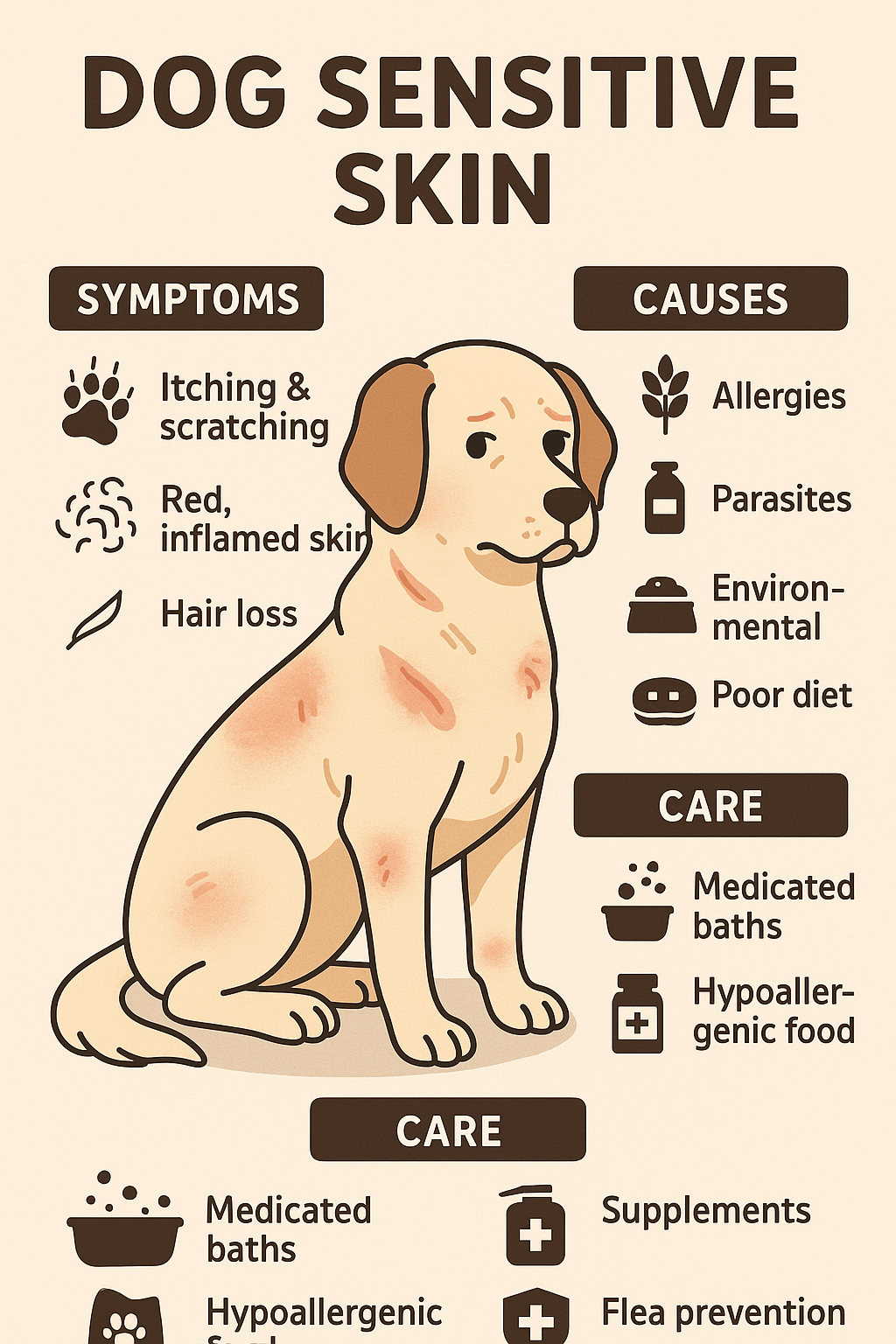Why Is My Labrador So Small? Understanding Size Variations in Labradors
Labrador Retrievers are one of the most beloved dog breeds in the world, known for their friendly nature, intelligence, and robust build. However, if you’ve noticed that your Labrador seems smaller than expected, you might be wondering, “Why is my Labrador so small?” There are several factors that can influence a Labrador’s size, from genetics and nutrition to health conditions and breed variations. In this blog post, we’ll explore the reasons behind a smaller-than-average Labrador and provide practical insights to help you better understand your furry friend. Whether you’re a first-time owner or an experienced Labrador enthusiast, this guide will shed light on what makes your pup unique.
Genetic Factors That Influence Labrador Size
The size of your Labrador is heavily influenced by genetics, as traits like height and weight are inherited from their parents. If your Labrador seems smaller than average, it could be due to their lineage. Here are some genetic factors to consider:
Parental Size: If your Labrador’s parents were on the smaller side, it’s likely that your dog will also be smaller than the breed standard.
Mixed Breed Heritage: Some Labradors may have mixed-breed ancestry, which can result in a smaller frame or lighter build.
Breed Lines: English Labradors tend to be stockier and slightly smaller, while American Labradors are leaner and taller.
Inbreeding or Genetic Diversity: Limited genetic diversity in breeding can lead to variations in size and overall health.
Natural Variation: Even within purebred lines, there’s natural variation—some Labradors are simply born smaller than others.
While genetics play a significant role, they aren’t the only factor influencing your Labrador’s size. Environmental and health-related aspects also contribute to their growth and development.
Nutritional Factors That Impact Your Labrador’s Growth
Proper nutrition is essential for your Labrador’s growth and development. If your dog seems smaller than expected, diet and feeding habits might be contributing factors. Here’s how nutrition can affect their size:
Puppy Diet: Feeding high-quality puppy food ensures they receive the nutrients needed for healthy growth during their formative months.
Portion Control: Overfeeding or underfeeding can both negatively impact growth; too little food stunts development, while too much leads to obesity.
Balanced Nutrients: A lack of essential vitamins, minerals, and proteins can hinder proper bone and muscle development.
Feeding Schedule: Irregular feeding patterns can disrupt their metabolism and energy levels, affecting overall growth.
Allergies or Intolerances: Food sensitivities can prevent your Labrador from absorbing nutrients effectively, impacting their size.
Ensuring your Labrador receives a balanced and nutritious diet is crucial for their physical development. Consult your veterinarian to create a tailored feeding plan if you suspect nutritional issues.
Check this guide 👉Labrador Retriever Allergies: Best 7 Health Tips!
Check this guide 👉Can You Shave a Labrador? Best 7 Expert Tips!
Check this guide 👉Labrador Retriever Temperature Tolerance: Best 7 Tips!

Factors Affecting Labrador Size | What You Can Do |
|---|---|
Genetics | Research your dog’s lineage and breed background. |
Nutrition | Feed high-quality food and monitor portion sizes. |
Health Conditions | Schedule regular vet check-ups to rule out illnesses. |
Exercise Levels | Provide daily exercise to support muscle development. |
Age | Be patient—some Labradors take longer to reach full size. |
Health Conditions That May Cause Small Size in Labradors
If your Labrador is significantly smaller than average, an underlying health condition could be the culprit. Certain illnesses or disorders can interfere with growth and development. Here’s what to look out for:
Hypothyroidism: A sluggish thyroid gland can slow down metabolism and stunt growth.
Parasites: Intestinal worms or other parasites can rob your Labrador of vital nutrients needed for growth.
Growth Plate Disorders: Conditions like osteochondrosis can affect bone development and lead to smaller stature.
Chronic Illnesses: Long-term health issues such as kidney or liver disease can impact overall growth.
Dwarfism or Pituitary Issues: Rare genetic conditions can cause abnormal growth patterns.
If you suspect a health issue, consult your veterinarian immediately. Early diagnosis and treatment can often mitigate the effects of these conditions and improve your dog’s quality of life.
Environmental Factors That Influence Labrador Size
Beyond genetics and health, environmental factors can also play a role in determining your Labrador’s size. These external influences shape how your dog grows and develops over time. Here’s what to consider:
Exercise Levels: Too little exercise can lead to poor muscle development, while excessive activity during puppyhood may harm growing joints.
Living Space: Dogs raised in confined spaces may not develop as fully as those with room to roam and play.
Stress Levels: Chronic stress or anxiety can impact hormone levels, potentially affecting growth.
Climate: Extreme temperatures or harsh climates can influence appetite and energy levels, indirectly affecting size.
Socialization: Lack of interaction with other dogs or people can lead to developmental delays, including slower physical growth.
By providing a nurturing and stimulating environment, you can help your Labrador reach their full potential in terms of size and overall well-being.
Tips for Supporting Healthy Growth in Labradors
If you’re concerned about your Labrador’s size, there are several steps you can take to support their healthy growth and development. Proper care during their formative months can make a significant difference. Here are some practical tips:
Provide a Balanced Diet: Ensure your Labrador receives high-quality food formulated for their life stage, whether they’re a puppy, adult, or senior.
Monitor Weight Regularly: Keep track of your dog’s weight to ensure they’re neither underweight nor overweight, as both can impact growth.
Encourage Moderate Exercise: Engage them in age-appropriate activities like short walks or playtime to build muscle without straining their joints.
Schedule Regular Vet Visits: Routine check-ups help identify potential health issues early and ensure your Labrador is growing as expected.
Avoid Over-Supplementation: Excessive vitamins or minerals, especially calcium, can harm bone development in growing puppies.
By following these guidelines, you can create an environment that promotes optimal growth and helps your Labrador reach their full potential. Remember, consistency is key when it comes to their care.
Signs Your Labrador May Be Underweight
If your Labrador seems smaller than average, it’s important to determine whether they’re underweight or simply naturally petite. Here are some signs that your dog may not be getting enough nutrients or calories:
Visible Ribs or Hip Bones: You should be able to feel but not see your Labrador’s ribs prominently sticking out.
Lack of Energy: Underweight dogs often appear lethargic or less enthusiastic during playtime.
Dull Coat: A lackluster or patchy coat can indicate nutritional deficiencies affecting their overall health.
Frequent Hunger: If your Labrador seems constantly hungry despite regular meals, they may not be getting enough food.
Delayed Growth Milestones: Puppies who aren’t gaining weight or height at the expected rate may be undernourished.
If you notice any of these signs, consult your veterinarian to rule out underlying health issues and adjust their diet accordingly. Addressing these concerns early can prevent long-term problems.
Fun Ways to Keep Your Labrador Active
Regardless of their size, keeping your Labrador physically and mentally active is essential for their well-being. These energetic dogs thrive on stimulation, and engaging activities can help them stay fit and happy. Here are some fun ideas:
Fetch Games: Use balls, frisbees, or floating toys to play fetch in your backyard or at the park.
Swimming Sessions: Many Labradors love water, so swimming is an excellent low-impact exercise for their joints.
Agility Training: Set up tunnels, jumps, and weave poles to challenge their athleticism and mental focus.
Interactive Toys: Puzzle feeders or treat-dispensing toys keep their minds sharp while providing entertainment.
Long Walks or Hikes: Explore new trails or scenic routes to give them plenty of sniffing opportunities and exercise.
Incorporating these activities into your routine ensures your Labrador stays physically fit and mentally stimulated, regardless of their size. A tired Labrador is a content Labrador, and these activities will strengthen your bond even further.
Frequently Asked Questions About Small Labradors
What is the average size of a Labrador Retriever?
Male Labradors typically stand 22.5-24.5 inches tall and weigh 65-80 pounds, while females are slightly smaller at 21.5-23.5 inches and 55-70 pounds.
Can a Labrador be small due to poor nutrition?
Yes, inadequate nutrition during puppyhood can result in stunted growth and a smaller-than-average adult size.
Are English Labradors smaller than American Labradors?
English Labradors tend to be stockier and slightly shorter, while American Labradors are leaner and taller.
When do Labradors stop growing?
Most Labradors reach their full size by 12-18 months of age, though larger males may continue filling out until they’re two years old.
Should I worry if my Labrador is smaller than others?
Not necessarily—size variations are normal, but consult your vet if your dog seems unusually small or shows signs of illness.
In Conclusion: Embracing Your Unique Labrador
If you’ve been wondering, “Why is my Labrador so small?” rest assured that size variations are common and often nothing to worry about. Whether it’s genetics, nutrition, health, or environmental factors, there are many reasons why your Labrador might be smaller than the breed standard. The most important thing is to ensure your dog is happy, healthy, and thriving. Every Labrador is unique, and their size doesn’t define their ability to bring joy and companionship into your life. By understanding the factors that influence their growth and providing proper care, you can celebrate your small-but-mighty Labrador for the wonderful companion they are. After all, love isn’t measured in inches or pounds—it’s measured in wagging tails and slobbery kisses!
Rimadyl for Dogs: Best 7 Expert Tips! Discover expert advice on using Rimadyl safely, managing pain, and improving your dog’s mobility with trusted veterinary insights.
Can Dogs Have Tylenol for Pain? Best 7 Expert Tips! Discover the risks, safe alternatives, and expert advice on managing your dog’s pain effectively while avoiding harmful medications.
Understanding Hemophilia in Dogs: Best 7 Expert Tips! Discover expert advice on managing hemophilia, recognizing symptoms, and ensuring your dog’s well-being with practical care strategies.
Understanding Dog Sensitive Skin: Best 7 Expert Tips! Discover expert advice on managing dog sensitive skin, relieving irritation, and improving your pup’s comfort with practical solutions.





